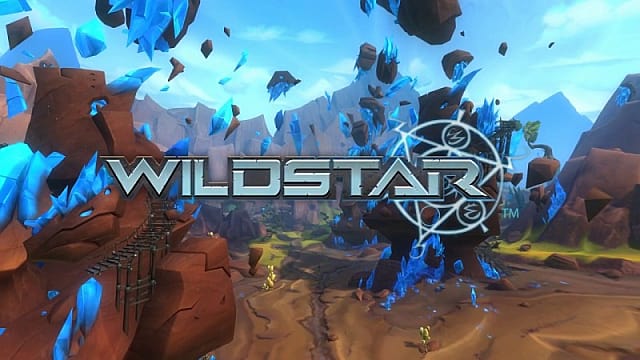But has going free-to-play actually done WildStar any good? And even if it has, will it ultimately matter?
It might still be too early to answer the first question, but as for the second… things are not looking good for this sci-fi MMORPG. Let’s examine the reasons behind that. But first…
Why is it still too early to judge the success of WildStar’s F2P launch?
NCSoft, WildStar’s publisher, have always played their cards very close to their chest when it comes to the fortunes of their games. Most of what fans know is drip-fed from quarterly reports issued by the company. The last one showed a general downturn in profits across all of NCSoft’s games, but did not incorporate the launch period. The next quarterly report, covering Q4 of 2015, should give us a much clearer idea of where WildStar stands.
Judging by the schedule of quarterly report released thus far, we can expect to see the Q4 report somewhere between the end of January and halfway through February.
If it’s still too early to call it, then why the doom and gloom?
Because, as Anne Shirley once said, my life is a perfect graveyard of buried hopes.
Melodrama aside, the problem lies in history: NCSoft’s history. Perhaps most famously – and that’s saying something, given the company’s dealings with Richard Garriot – in the closure of Paragon Studios and its game, City of Heroes.
You might remember City of Heroes. If you never played it, it was the MMO that people who don’t normally play MMOs played, and where they fit in right alongside veterans of the genre. It featured an incredibly robust character creation system, a buggy mission creator, a huge dance club where heroes and villains met on common ground, and – my personal favourite – a one-press battlecry, long before the phrase “spamming binds” had entered the gaming vernacular.
How does this connect to WildStar? Shared published aside, City of Heroes transitioned to a free-to-play model in 2011, citing declining profits despite an extraordinarily high subscription retention rate (MMORPG.com’s anonymous source alleges this was over 95%).
In 2012, however, Paragon Studios suddenly announced their closure and the accompanying shutdown of City of Heroes. NCSoft issued a rather bland statement on the subject, with the implication that resources were being refocused on then-upcoming Guild Wars 2. The publisher was then later quoted as saying that Paragon Studios was ‘unprofitable’, which was the root of the studio’s closure. Whether this is true or not is still a matter of debate, thanks to NCSoft’s aforementioned reticence. I’m inclined, weighing up what we do know, to believe that Paragon and City of Heroes were profitable – but perhaps just not profitable enough for NCSoft.
With the above in mind, let’s return to WildStar and review what we know:
WildStar has, of course, transitioned from subscription-based to free-to-play. NCSoft has a major title close to launch, Blade & Soul, due for release on January 19th. We haven’t seen a quarterly report with the F2P launch included yet, but I think a safe estimate would be that WildStar showed a slight – but not major – upswing in revenue.
It all sounds a bit familiar, if you ask me.
Conclusion
It’s hard to say just yet whether going free-to-play has saved WildStar or not. Unfortunately, as with City of Heroes, the profitability of the move might not be enough to satisfy a publisher with a number of closed games under its belt.
Given what we’ve seen happen to that more established MMORPG, in fact, I’d say that WildStar will be hard-pressed to see 2017, to say nothing of its chances of making it to 2018.
But I hope I’m wrong.
